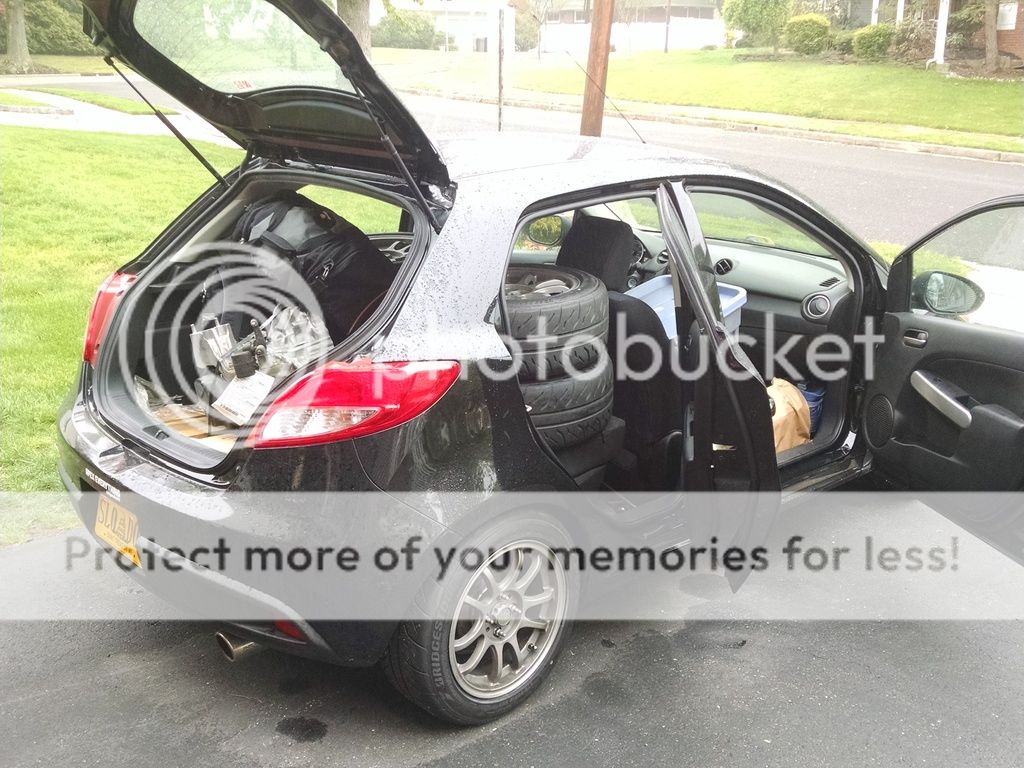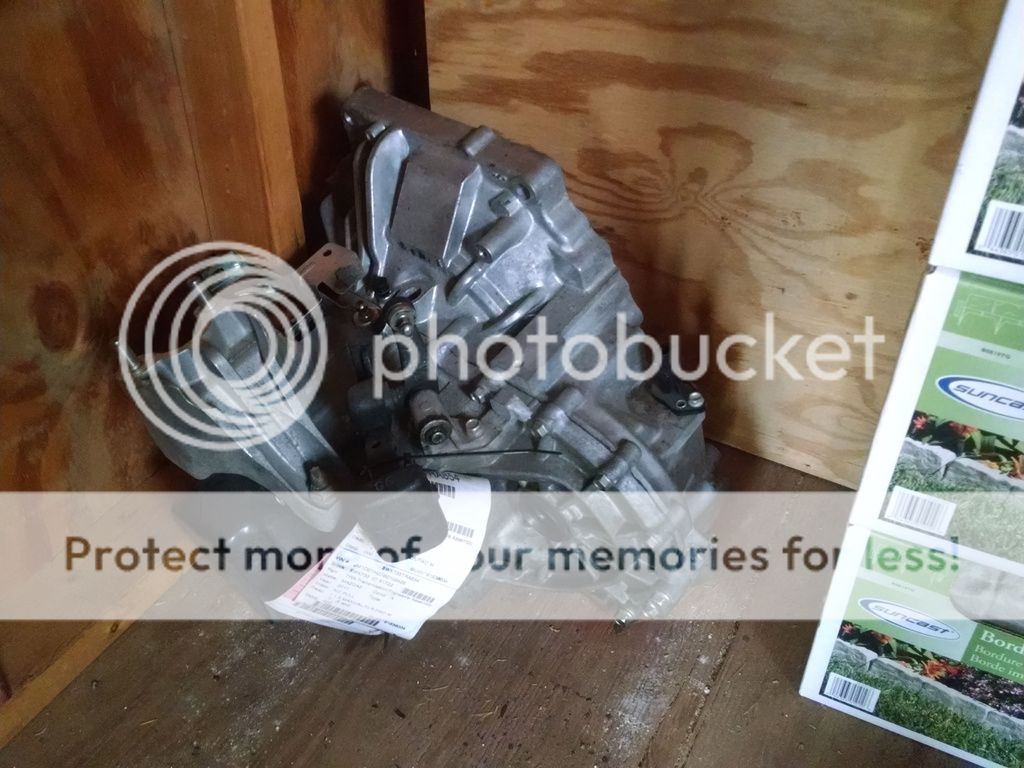I've been slow to update my thread here since this forum is so slow but here goes:
From 4/24 Tidewater Sports Car Club PE#2:
NCCAR is an amazing facility, I REALLY wish I could have made it for the Gripfest event on Saturday(basically standing start single lap around the whole road course timed auto-x style)... I'm definitely planning on doing the event on October 29th!
Here was my fastest run, the car definitely had sub-90sec capability, just not me (sad2)
So I was originally going to run 700/550 because it is on a road course and I was expecting higher speeds, after walking the course I chose to try the 700s out back... holy s*** am I glad I did!!
My first run the amount of grip and amount of throttle you can give it just had me grinning like a complete idiot. I really wish I had an external microphone for my Gopro, otherwise you could have heard me going "Holy %&#@ this is awesome!" around nearly every slalom and off of every corner exit.

So I was running 700/700 springs, front shocks 1 turn from full stiff, rear shock dial on #5, and ran 33/38psi the whole day. I had no issues whatsoever with the setup, I just wanted to focus on driving the new setup more than anything.
There were not any spots that required a lot of rotation so I can't comment too much on that front, but higher speed stability was perfectly fine, throttle down and the rear plants, let up and it steps out without any wild snap oversteer or trying to swap ends or anything. This is by far the best the car has ever felt.
My first run was a 93.563+2(snagged one in the slalom along turn 1 on the actual course and one in the last Chicago box), second was 92.440+1 with Charlie(my codriver at the last event) to show him how the new setup felt, and my third run was a 90.621 clean, which ended up being my fastest run.
Run #4 it suddenly got some horrible understeer in every slalom. I wasn't expecting this because the tires were never hot to the touch, but that must be because of the ~1.5mi drive on the last half of the road course to get back to grid. Internally I'm guessing they were hot. I ran a 90.695, so just a hair slower.
I sprayed the tires and on run #5 I had already promised a ride along for another friend, in which I ran a 90.500 but +2.
It was a great time, and can't wait for a chance to go back again!
Here was my fastest run... still with plenty of room for improvement. Watching back I can see I wasn't getting left far enough to enter the slalom along the sweeping right turn 1 of the course. Would have helped overall corner speed for sure. Plus the launch in this one, and general un-smoothness.

Pic from the event...
I paxed 11th and came 22nd in raw time of 72 times. VERY happy with that. I beat my benchmark HS Fiesta ST driver in raw time, just missed him in PAX though.
http://tidewaterscc.github.io/archive-results/2016/04-April-24-2016.html













